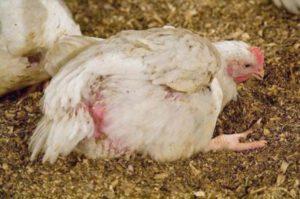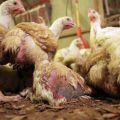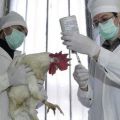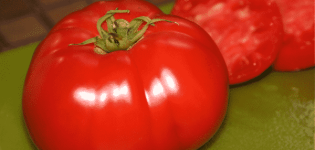Symptoms and causes of cloacitis in chickens, methods of treating the disease
The development of cloacite in chickens is fraught with negative consequences for birds. If you do not provide assistance to the birds in time, there is a high probability of death. To cope with the pathology, they use drugs, folk recipes, vitamin complexes. To avoid the appearance of such problems, it is worth paying attention to preventive measures. First of all, it is worth providing the chickens with normal care and nutrition.
Description of the disease
This term is understood as an inflammatory lesion of the cloaca. Young layers are more susceptible to the disease. It can also occur in the final stages of laying. Most often, pathology develops in the spring. This is due to the end of the unproductive period.
Pathology is massive and often fatal. She can cause serious damage to the poultry house.
Causes of cloacitis in chickens
The cloaca is considered an important part of the bird's body. It takes part in digestion processes and is the final fragment of the reproductive system. The development of cloacite is more susceptible to the egg pores of chickens.
Improper nutrition
The key factor of the problems is the excess of protein components in the diet and insufficient calorie intake. Violation of the proportions leads to the fact that one part of the proteins is absorbed, and the second is converted into uric acid.
This crystalline compound leads to damage to the cloaca and causes microtrauma. Pathogenic bacteria enter these places. Under the influence of a complex of negative factors, inflammation develops, bleeding and other unpleasant symptoms occur.
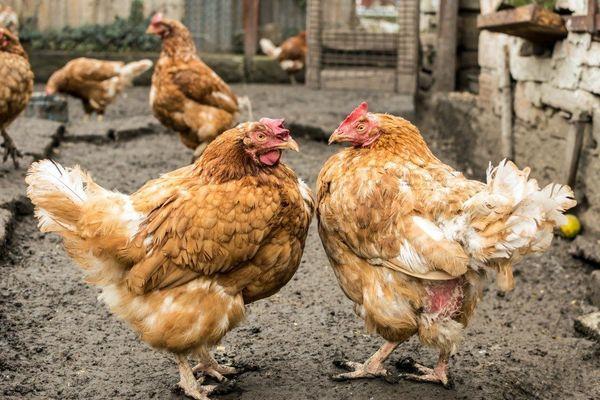
Constipation
Stool disorders are a direct consequence of poor nutrition. If chickens get enough vitamins and minerals, they will not suffer from constipation.
Difficulty laying eggs
Laying hens are more susceptible to cloacite. This is due to the fact that the organs of the cloaca are involved in the laying process.
Signs and symptoms of illness
Signs of cloacite can vary. At first, the disease is asymptomatic for a long time. At the initial stage of the development of the disease, such manifestations occur:
- appetite worsens, and digestive disorders appear;
- the chicken drinks a lot of liquid;
- apathy occurs;
- constipation appears;
- there is weight loss and loose stools;
- loss of firmness in the legs - when moving, the bird may fall;
- feathers fall out in the abdomen and anus.
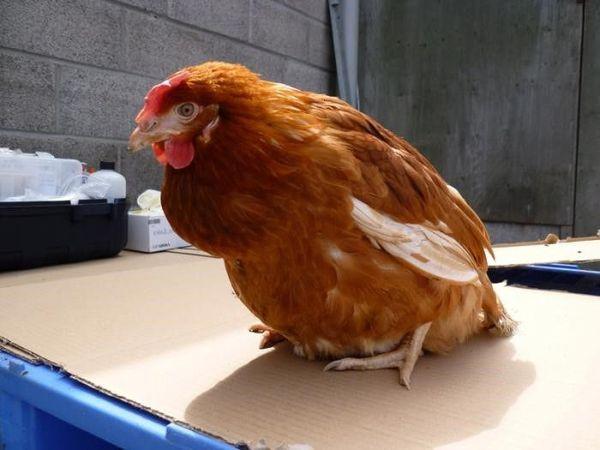
As the disease progresses, the following signs appear:
- the cloaca falls out;
- the chicken has a white liquid flowing from the cloaca;
- the skin in the affected area becomes red and inflamed;
- puffiness appears around the anus;
- blood appears from the anus.
Abnormal processes also occur in the body of the laying hen. In this case, there is a change in the structure of the oviduct, inflammation of the glands occurs, which disrupts the exit of the egg. As a result, it enters the abdominal cavity. Decomposition products accumulate there, purulent processes develop. As a result, the bird dies from intoxication of the body.
How is the disease diagnosed?
To identify the disease, it is worth analyzing the symptoms of the disease. With the development of cloacite, egg hatching is impaired. This process causes pain in the chicken. In this case, the hen sits in one place for a long time, trying to get laid.
In such a situation, it is necessary to contact a veterinarian who will diagnose and select a treatment.
How to get rid of cloacite
To cope with cloacitis, treatment should be started as early as possible. It should be comprehensive.
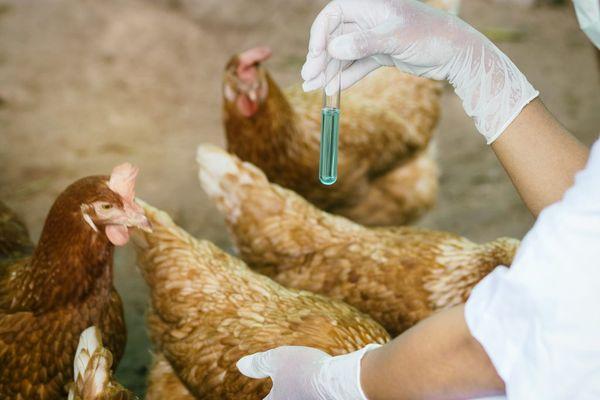
First steps
First of all, it is recommended to isolate the sick bird. The disease is contagious, and therefore is dangerous for all chickens. In addition, the presence of blood on the cloaca can cause pecking.
To cope with constipation causing cloacitis, manual cloaca cleansing is performed. For this, the cloaca should be rinsed. During the procedure, droppings, purulent masses and other contaminants are removed. To carry out the manipulation, antiseptics are used - a solution of furacilin or potassium permanganate.
A cotton swab should be moistened with the medicine and applied to the affected area for a few minutes. The manipulation is performed several times until it is completely cleansed. In conclusion, the anus should be treated with a 3% solution of mummy.
Withdrawal of symptoms
To eliminate uncomfortable sensations, the cloaca should be treated with an antiseptic and applied medicinal ointment.
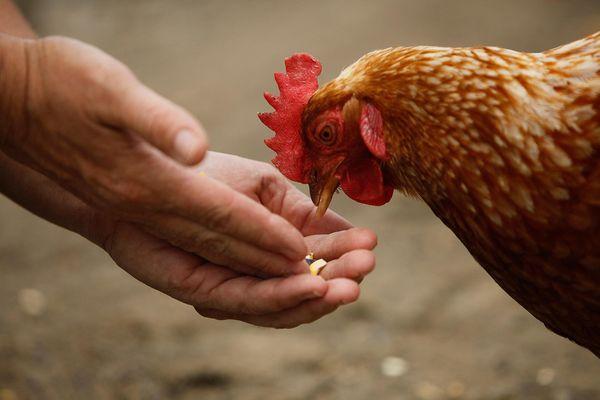
To do this, you can use the following drugs:
- Terramycin - has an antiseptic effect, restores, softens, relieves inflammation.
- Furacilin - has the same properties. At the same time, it is important to strictly observe the dosage in order to avoid negative effects on the bird.
- Levomekol - the composition is used for purulent processes, which are a complication of cloacitis.
- Streptocide - has antimicrobial and restorative properties.
After treatment of the cloaca, chickens should be isolated, since there is a risk of pecking the cloaca. As a result, the condition of sick birds is greatly deteriorating.
It is important to keep the affected individuals clean. If droppings or dirt adhere to the anus, there is a risk of disease recurrence and complications.
Vitamin complexes
Cloacite also requires systemic therapy. For this, vitamin complexes are used, which make up for the lack of useful elements. Usually the following remedies are prescribed:
- Mummy solution. The tool helps to normalize metabolic processes and cope with the signs of vitamin deficiency. The substance is given to birds in the morning, 30 minutes before meals.
- Chiktonik. This feed additive promotes recovery from illness. The solution is added to water.
- Choline chloride. The product contains many B vitamins. It is used for the therapy and prevention of cloacitis, adding to the feed.
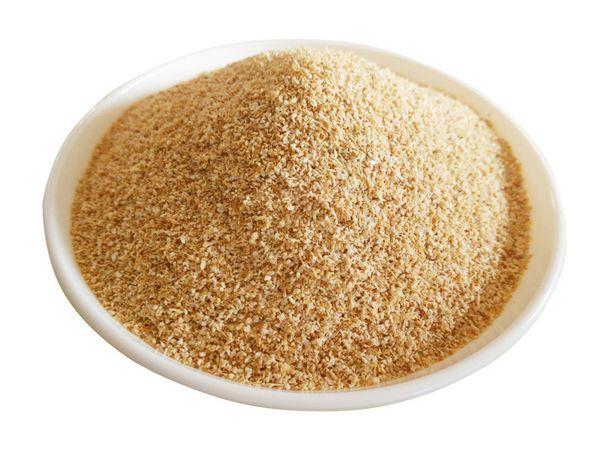
Antibiotics
In case of additional infection, antibiotics should be used. Most often, doctors prescribe Doreen or Avidox. With intestinal pathologies, Amoxicillin, Levomycetin are shown.
Other medicines
With cloacitis in chickens, ASD-3 is often used.It has antiseptic and anti-inflammatory effects. Also, the drug activates the restoration of affected tissues.
The Iodoform remedy is distinguished by a similar action. It is used to decontaminate affected areas. Usually the drug is used in the form of a powder. You can also prepare the product in the form of a paste. To do this, it is mixed with petroleum jelly.
It is strictly forbidden to use alcoholic medicines. They severely dry the skin, which leads to an aggravation of the disease.
Possible consequences
If the disease was detected at an early stage, timely therapy can fully restore the health of the bird. In more complex cases, irreversible processes occur that provoke death.

How to prevent the appearance of pathology
To avoid the development of cloacitis, you need to follow a number of preventive recommendations:
- Keep the premises clean. It is worth cleaning every day, adding fresh bedding, and disinfecting the chicken coop.
- Keep nests and perches clean. This helps prevent the spread of the infection.
- Change the water systematically and wash the drinkers every day.
- Provide chickens with proper and balanced nutrition. Feed is worth buying from trusted manufacturers.
- Keep walking pastures clean. It is recommended to mow the grass as needed.
- Equip sheds in walking areas. This will help prevent contamination of the coop in rainy weather.
- Observe area standards, avoid crowding and crowding. This applies to the chicken coop and walking area.
- Adhere to standards for the size of drinkers and feeders. They should be matched to the number of birds.
- Inspect the livestock every day. Thanks to this, it will be possible to timely identify infected or sick birds.
Cloacite is considered a serious condition that often occurs in hens. In order to cope with the pathology in a timely manner and avoid dangerous health consequences, it is important to diagnose and select a treatment on time.

